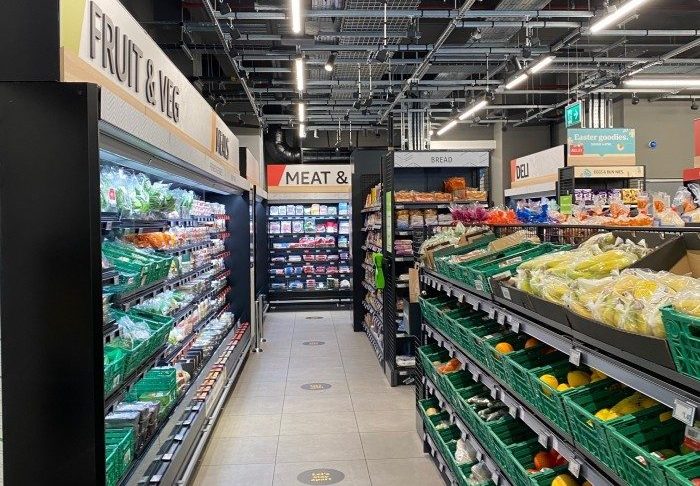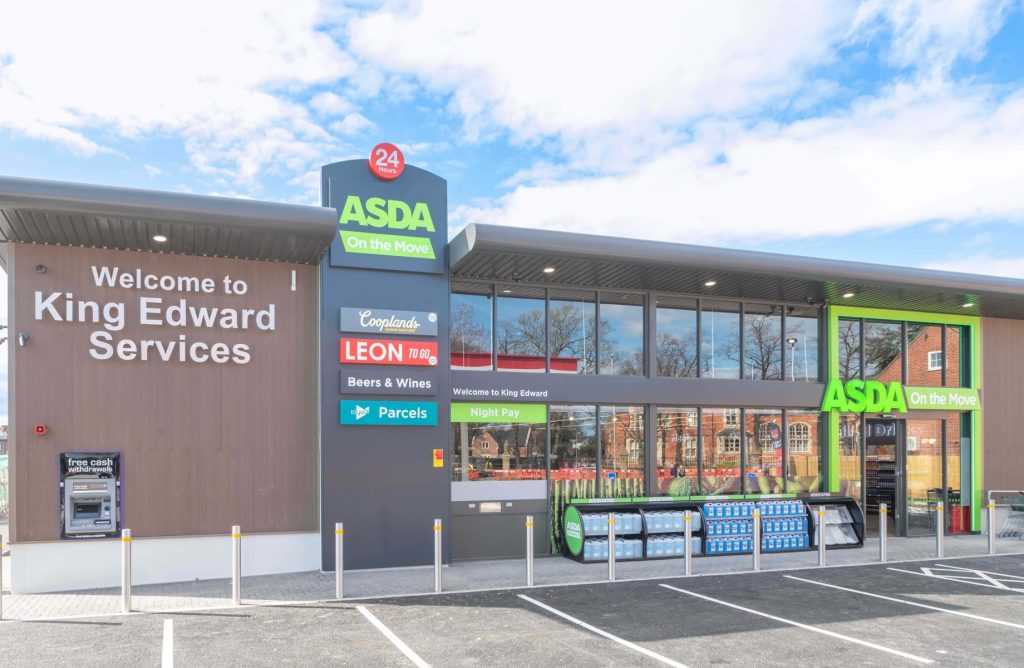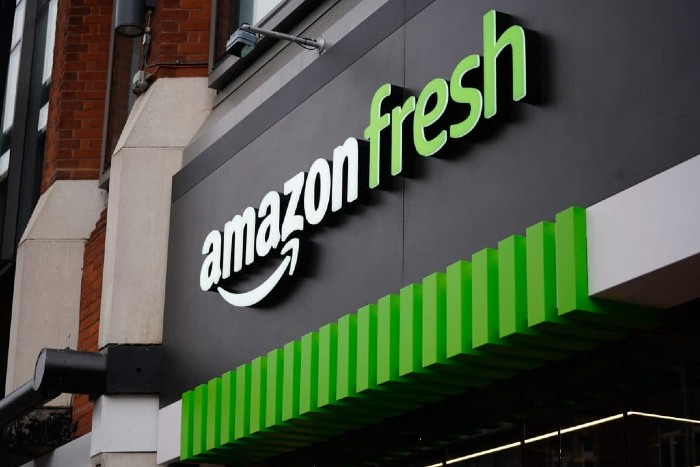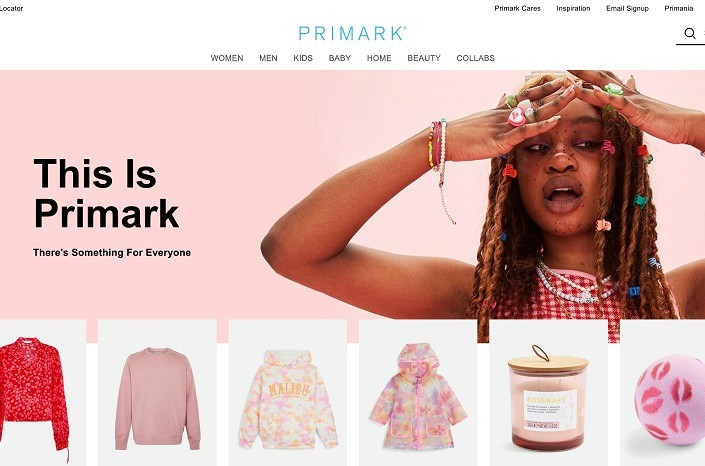Every year the January sales present a useful opportunity to make space in the warehouse and generate some cash for the coming year. Consumers are hungry for a bargain and the retail industry is happy to give them just that.
A quick look at the windows on the high street, or your inbox, shows just how discount-driven promotions are this time of year. But running a successful January sale doesn’t mean you have to race your competitors to the bottom.
Clearing out the warehouse and generating cash are great aims for a January sale – but you shouldn’t do so at any cost. You also need to consider how you can continue shifting the units whilst maximising the cash you get back – in other words protecting your margin.
The Sale is Long
January sale season lasts for weeks, not days – that means you’ve got time to test your discount levels.
On day one of the sale don’t go to your maximum. If you’re happy to discount all products by 50 per cent, don’t – discount them by 20-30 per cent then you can increase the discount levels as the sale period continues. This means you will sell some of the units at just a 20 per cent discount mean you get 30 per cent more of the price back in the bank.
It also means that as the sale rolls on you can announce “further reductions” – always a great way to get the customers back in to take another look.

Not all products should be treated the same
You could also only put some of the stock you want to clear on sale in the first week, and add more lines as the season continues. This doesn’t exactly protect your margin but it enables you to keep the sale feeling fresh to the customer, and gives you the ability to announce “more lines added”. Another great way to get the customer back onto the website or into the store to make additional sale purchases.
You should also consider different discount levels for different products. If you have a lot of stock of a line you’re going to need to discount it more heavily to get it all sold than you would need to with a product that only has a few units left.
Pick the right products for your marketing
For a consumer it’s frustrating to receive sale marketing, that features a great product which by the time you respond is sold out.
As a retailer that’s terrible for you too – you got a customer excited about your products, but then frustrated that they can’t buy what they want.
That means you need to be careful with which products you put into your sale marketing. Choose those with lots of stock to minimise the frustration.
This also helps maximise your sales because these are the lines you’re going to have to work hardest to sell through – they’re the products that you should be spending marketing effort on.

The good news is that these are probably also the products with the greatest discounts, and thus the ones most likely to encourage a customer to click.
For the icing on the cake make sure that the other products promoted on the product pages you’re pushing sale traffic to are in stock and in the sale as well. That way if the product does go out of stock, at least the customer can quickly find something else whilst they’re on your website.
A few weeks into the sale – or at the start if you don’t have much depth of stock – you may find you need to switch from marketing individual products to focusing on categories or just sale.
Supplement your discount messages with emotional marketing messages
Just because we’re discounting doesn’t mean that’s the only thing you should include in your marketing activity.
Urgency and scarcity are really important messages to use during the sale, that could be “must end soon”, or “many lines about to run out”. Neither talk about a discount by they will increase your response rates.
Social proof has power even in sale time. So include customer reviews and testimonials in your marketing – you could focus on five star products in the sale, or let customers know what the sale bestsellers are – so long as you’ve plenty of stock.
Any sales is about turning stock that’s cluttering up your warehouse into cash – but you should still try to maximise the cash you get back.
Chloe Thomas is the author of eCommerce Marketing: How to Get Traffic that BUYS to your Website and a podcast host. To buy her book, click here
Click here to sign up to Retail Gazette‘s free daily email newsletter


















